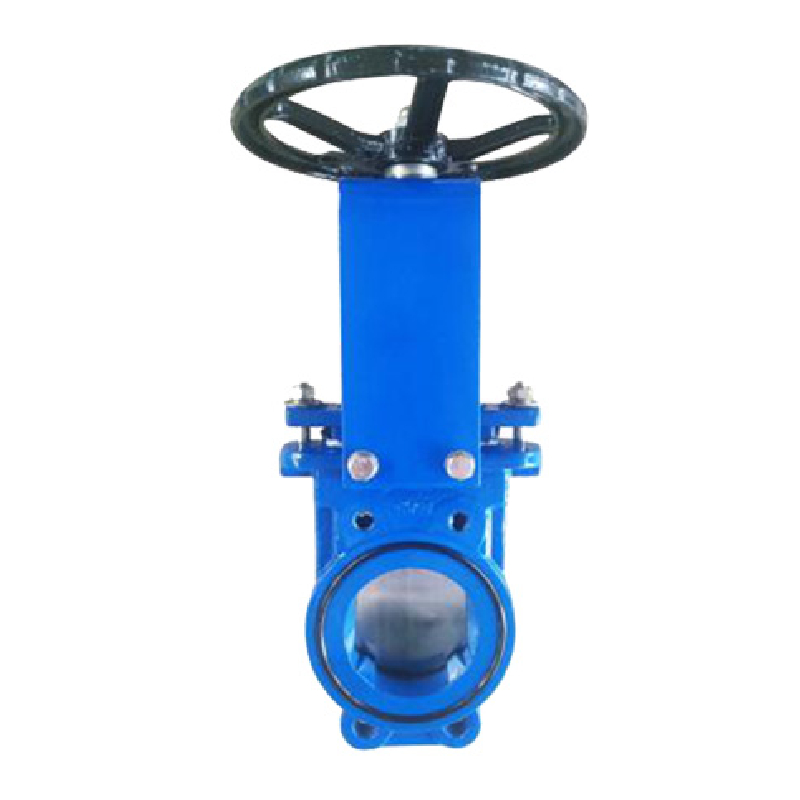Dec . 12, 2024 01:33 Back to list
rubber expansion joint
Understanding Rubber Expansion Joints
Rubber expansion joints are integral components used in various piping systems to absorb vibrations, accommodate thermal expansion, and provide flexibility. In industrial applications, where pipes carry liquids and gases under high pressure and temperature, these joints play a crucial role in ensuring the integrity and longevity of the piping network.
What Are Rubber Expansion Joints?
Rubber expansion joints, also known as flexible joints, are made from elastomeric materials that allow for relative movement between connected pipe sections. Typically designed as a flexible sleeve with reinforced layers, they are engineered to accommodate the thermal expansion and contraction of pipes due to temperature fluctuations. The rubber used in these joints can be formulated to resist corrosion, weathering, and aging, making them suitable for a variety of fluids, including water, oil, and chemicals.
Key Features and Benefits
1. Flexibility and Movement Absorption One of the primary functions of rubber expansion joints is to absorb vibrations caused by the flow of fluids or mechanical operations. They provide the necessary flexibility to cater to lateral, axial, and angular movements, which helps prevent damage to the pipes and connected equipment.
2. Thermal Expansion Compensation As temperature increases, materials tend to expand. Rubber expansion joints are specifically designed to compensate for this thermal expansion, preventing undue stress on the system from incompatible expansion rates of different materials.
3. Noise Reduction The viscoelastic properties of rubber allow these joints to dampen noise generated from fluid flow and operational vibrations. This noise reduction is often vital in residential areas and noise-sensitive environments.
4. Ease of Installation Rubber expansion joints are relatively lightweight and easy to install, which can significantly reduce labor costs and installation time. They can be connected using standard flanges, making them a practical choice for various applications.
rubber expansion joint

5. Cost-Effectiveness Compared to metallic expansion joints, rubber alternatives are often more economical, both in terms of initial investment and maintenance. Their inherent properties mean they tend to require less frequent replacements, further enhancing their cost-effectiveness over time.
Applications of Rubber Expansion Joints
Rubber expansion joints are utilized in a range of industries, including
- Water and Wastewater Treatment To manage flow and prevent damage in systems that transport liquids. - Chemical Processing Where resistance to corrosive substances is critical. - Power Generation In power plants, these joints help absorb vibrations in steam and cooling water pipelines. - HVAC Systems To accommodate changes in temperature and pressure within heating, ventilation, and air conditioning systems.
Maintenance Tips
While rubber expansion joints are designed for durability, regular maintenance is essential for optimal performance. Inspecting the joints for any signs of wear, cracking, or deterioration can prevent leaks and system failures. Operators should also consider the operational environment, such as exposure to extreme temperatures or chemicals, to ensure the selected material remains suitable throughout its service life.
Conclusion
In conclusion, rubber expansion joints are vital components that contribute to the reliability and efficiency of various piping systems. Their flexibility, ability to absorb vibrations, and cost-effectiveness make them an essential choice in countless industrial applications. By properly utilizing and maintaining these components, businesses can enhance the longevity of their piping systems and minimize downtime caused by leaks or ruptures. Understanding the importance and function of rubber expansion joints can help engineers and facility managers make informed decisions, ensuring the stability and efficiency of their operations.
Share
-
Reliable Wafer Type Butterfly Valves for Every IndustryNewsJul.25,2025
-
Reliable Flow Control Begins with the Right Ball Check ValveNewsJul.25,2025
-
Precision Flow Control Starts with Quality ValvesNewsJul.25,2025
-
Industrial Flow Control ReliabilityNewsJul.25,2025
-
Engineered for Efficiency Gate Valves That Power Industrial PerformanceNewsJul.25,2025
-
Empowering Infrastructure Through Quality ManufacturingNewsJul.25,2025